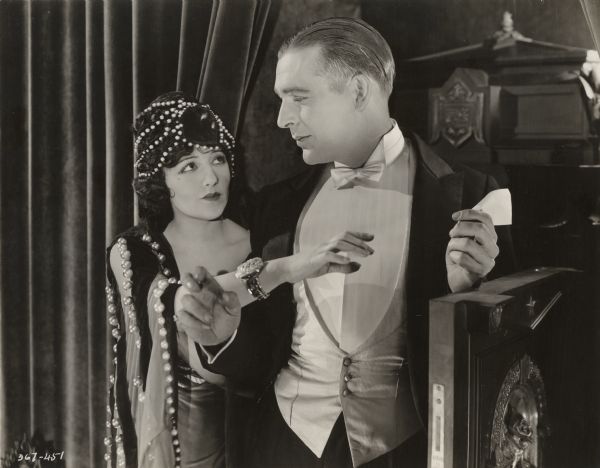
Most of us have a weakness for a “so bad it’s good” film, something so cringey or badly written that you have no choice but to love it. Or, at least, snicker in wonder that those lines were left in, and that ludicrous plot twist was considered a good idea, and my gosh, why wasn’t that horrible special effect scrubbed entirely?
Could I pick a few silent films that fit the “so bad it’s good” bill? Other than a no-brainer like The Sheik (1921), it’s not an easy question–in my opinion, anyways. Silents tend to come in five flavors: Masterpieces of Cinematic Art, Really Good, Pretty Good, Dull, or Just Plain Awful. The Just Plain Awful also has multiple subcategories (one is “Italian Stage Divas Who Don’t Translate Well to Film”).
But as far as “so bad it’s good”? Here’s the deal: if a silent film’s bad, it’s usually just plain ol’ bad, if you get what I mean. It’s boring, or the story’s been done a zillion times, or the plot is preposterous and it’s a good half hour too long, etc. Instead, what tends to come to my mind is a film that’s quite good and well-made, but has preposterous things in it. And thus I come to a film like The Affairs of Anatol (1921).
Continue reading











